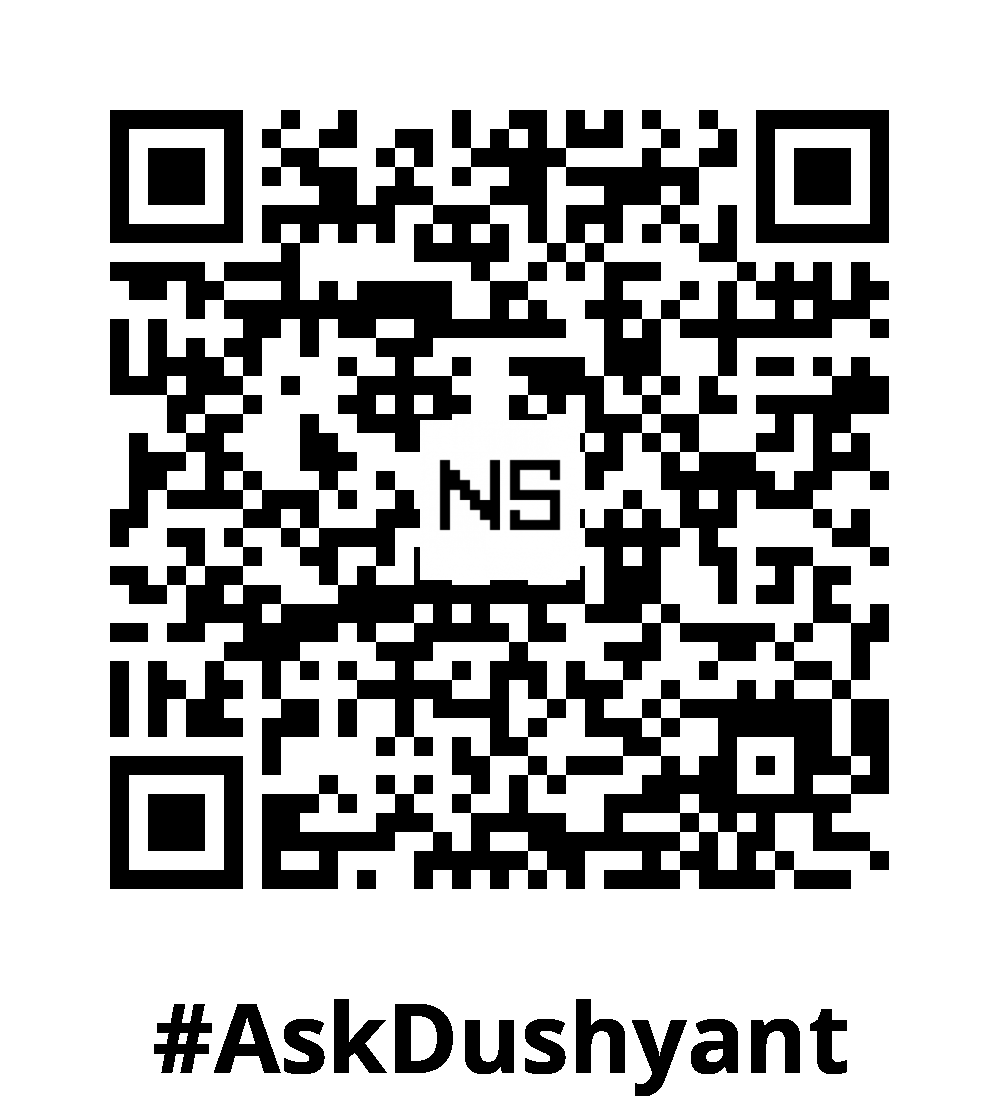In today’s digital world, businesses rely on efficient and reliable transaction processing systems to handle real-time data transactions. OLTP (Online Transaction Processing) is a technology that facilitates the management of these transactions. In this blog post, we explore the world of OLTP, exploring its definition, key features, use cases, its importance in various industries, and highlight some popular tools that support OLTP.
What is OLTP?
OLTP stands for Online Transaction Processing, a computing methodology used for managing and processing high volumes of online transactions in real-time. It involves capturing, processing, and storing data resulting from everyday business activities, such as sales, reservations, or financial transactions. OLTP systems are designed to handle numerous short-duration transactions simultaneously and provide immediate responses to users.
For example, consider an e-commerce website where customers can place orders for products. When a customer clicks the “Buy Now” button, an online transaction is initiated. The system needs to process the transaction quickly and accurately, deduct inventory from the available stock, update the customer’s account balance, generate an order confirmation, and send it to the customer—all in real-time. OLTP systems excel at handling these types of online transactions with speed and efficiency.
In this scenario, the OLTP system captures and processes individual transactions, such as the customer’s order details, payment information, and shipping address. It validates the data, performs necessary calculations, and stores it securely in a database. The system ensures that the transaction is recorded accurately, maintains data integrity, and provides an immediate response to the customer, confirming the successful transaction.
OLTP systems are critical for businesses that rely on real-time transaction processing. They enable seamless interactions with customers, support quick order processing, and ensure data consistency. By efficiently managing online transactions, OLTP systems contribute to customer satisfaction, business agility, and smooth operational workflows.
Key Features of OLTP:
- Transaction-oriented: OLTP systems focus on processing individual transactions as discrete units of work. These transactions can involve data insertion, modification, or retrieval from a database.
- Real-time processing: OLTP systems are optimized for real-time or near-real-time data processing. They ensure immediate response times to user requests, making them suitable for applications that require quick and frequent updates.
- Concurrency and multi-user support: OLTP systems are built to handle concurrent transactions from multiple users simultaneously. They employ locking mechanisms and concurrency control techniques to ensure data consistency and integrity.
- ACID compliance: OLTP systems adhere to the ACID (Atomicity, Consistency, Isolation, Durability) properties, which guarantee the reliability and integrity of transactions. ACID compliance ensures that each transaction is all-or-nothing, consistent, isolated from other transactions, and durable even in the event of system failures.
Use Cases of OLTP
OLTP systems find applications across various industries, including:
- Retail: Managing point-of-sale transactions, inventory management, and online sales processing.
- Banking and Finance: Handling financial transactions, ATM withdrawals, fund transfers, and credit card processing.
- Healthcare: Capturing and managing patient information, scheduling appointments, and processing medical billing.
- E-commerce: Enabling online shopping, order processing, and payment transactions.
- Hospitality: Managing reservations, check-ins, and check-outs in hotels and resorts.
- HR Tech: HR systems for managing employee data, tracking employee performance, handling payroll processing, and maintaining employee records. It allows HR departments to efficiently store and retrieve employee information as needed.
- Transportation and Logistics: Handling booking and tracking of shipments, real-time inventory management, and order processing.
Popular Tools that Support OLTP
- Oracle Database: Oracle Database is a widely used relational database management system (RDBMS) that provides robust support for OLTP workloads. It offers features such as concurrent transaction processing, scalability, and ACID compliance.
- Microsoft SQL Server: Microsoft SQL Server is another popular RDBMS that offers strong support for OLTP. It provides features like in-memory transaction processing, high availability, and advanced security capabilities.
- MySQL/MariaDB: MySQL is an open-source and my personal favourite relational database management system that is well-suited for OLTP workloads. It offers fast transaction processing, scalability, and a wide range of deployment options.
- PostgreSQL: PostgreSQL is a powerful open-source object-relational database system that provides excellent support for OLTP. It offers features like MVCC (Multiversion Concurrency Control), data integrity, and extensibility.
My Tech Advice: OLTP (Online Transaction Processing) is a vital component of modern business operations, facilitating the management and processing of real-time transactions. Its transaction-oriented approach, real-time processing capabilities, and focus on data integrity make it indispensable in various industries. With the support of popular tools like Oracle Database, Microsoft SQL Server, MySQL, and PostgreSQL, organizations can leverage the power of OLTP to achieve efficient and reliable transaction processing, enhance customer experiences, and make data-driven decisions in today’s fast-paced digital landscape.
#AskDushyant
Note: This blog post provides a high-level overview of OLTP and highlights some popular tools that support OLTP. For a deeper understanding and implementation details, explore industry-specific use cases, and consult relevant documentation and resources from the respective vendors of the tools mentioned.


Leave a Reply